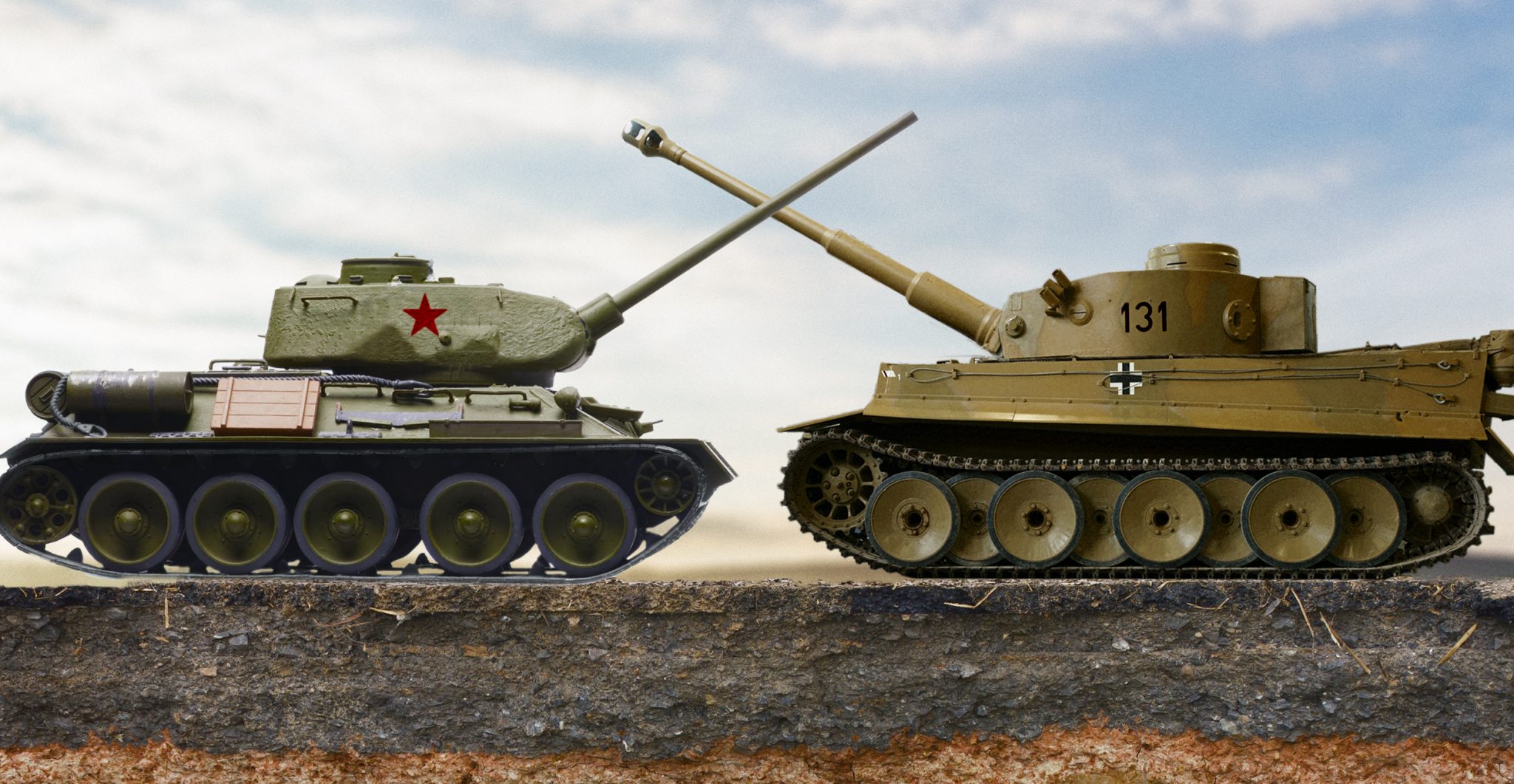Fought from the 5th to the 23rd of July 1943, the Battle of Kursk was the greatest tank battle in history. Intended by German planners as an opportunity to break through Soviet defenses, it instead became the last great German push on the Eastern Front of World War Two.
Operation Citadel
By the summer of 1943, the territory around the city of Kursk was a one hundred mile salient protruding from the Soviet lines, surrounded on three sides by German forces.
German commanders led by Field Marshal von Manstein came up with a plan to make the most of this opportunity. They would launch a pincer attack from the north and south, cutting off the Soviet troops in the bulge and forcing them to surrender. This was Operation Citadel.
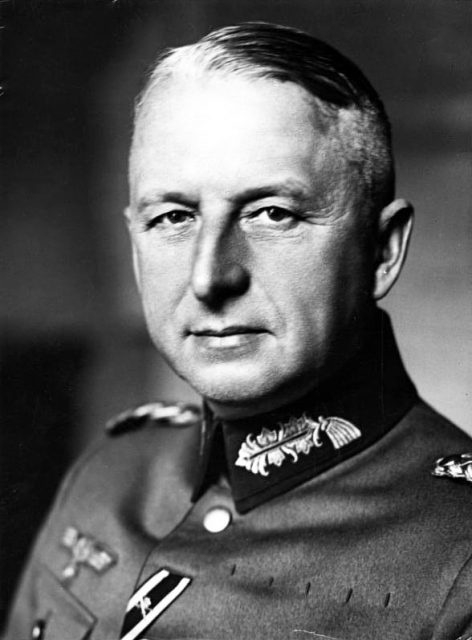
The force assembled for the operation was enormous. Nearly 50 divisions were brought together, consisting of 900,000 troops, 2,700 tanks and self-propelled guns, and 1,800 planes. 70% of the German tanks of the Eastern Front were committed to this single operation, together with 65% of their aircraft.
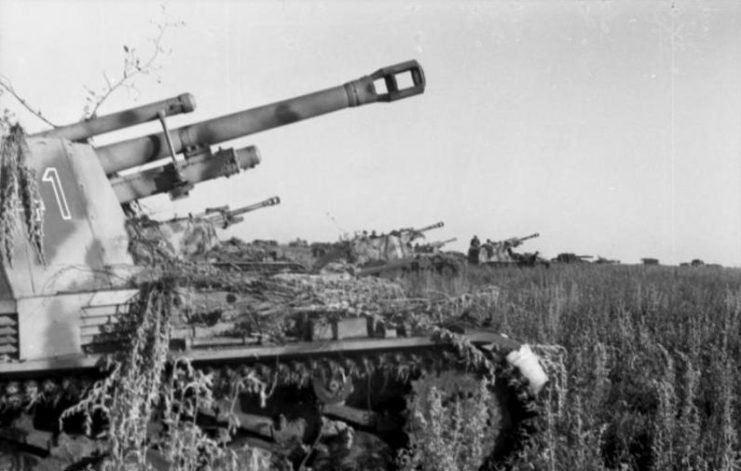
Preparing the Defenses
Unfortunately for the Germans, the Soviets anticipated their plan. Rather than keep their troops in a vulnerable position in the salient, they withdrew their main force. The men left behind occupied eight concentric rings of defenses, each two to three miles deep, including layers of minefields and anti-tank defenses. Most of the construction effort went into the first 20 miles of defense, ensuring a tough start for any attackers.
Despite the withdrawals, the Soviet troops outnumbered the Germans. Though they were less equipped and trained, thanks to the differing doctrines of the two armies, but there plenty of them.
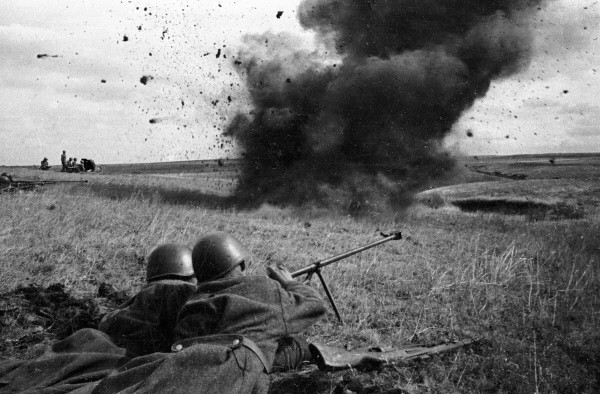
A Soviet spy ring learned that the attack would be launched sometime between the 3rd and 6th of July. Further information gathering on the battlefield narrowed this down to the 5th of July. To hamper the start of the German attack, the Soviets fired an artillery barrage that broke up the enemy formations as they were forming. It was the largest counter-preparation barrage of the war.
The Attack
At 5 am on the 5th of July, the Germans attacked.
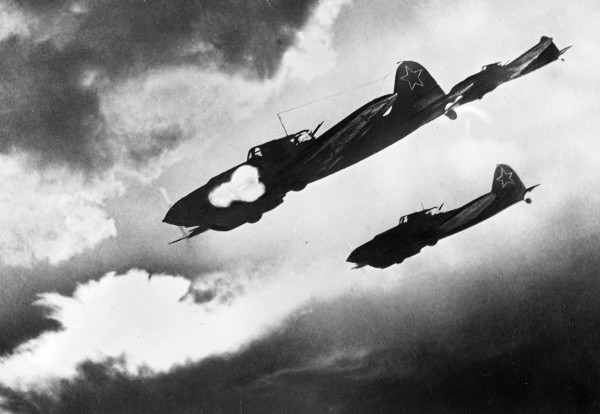
While a fierce battle raged in the air, German tanks advanced against the Soviet defenses. The Soviets responded with focused firepower. In many places, a group of anti-tank guns would all fire at the same target at once to ensure that they took it out, then move onto the next. The mines and anti-tank emplacements held up the advance while Soviet fire wore down the German forces.
The tough defenses held up to the attack. The Germans only managed to advance 20 miles into the salient southerly. In the north, it was no better, the advance being halted less than 10 miles in.
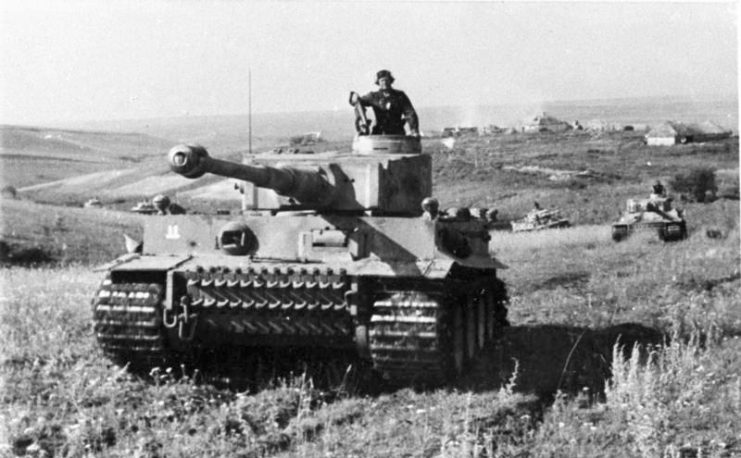
Counter-Attack
On the 12th of July, the Soviets launched a counter-attack. The pressure of their armies coming in from the east forced the Germans to withdraw troops from their advance, robbing them of their impetus.
The fiercest fighting took place at the village of Prokhorovka, at the forward edge of the southern offensive. Here, 600 Soviet tanks faced 250 German tanks in a deadly confrontation. The Soviets charged to close range to overcome the better range of the German’s guns. Despite intense and destructive combat, the fighting at Prokhorovka ended in a stand-off.
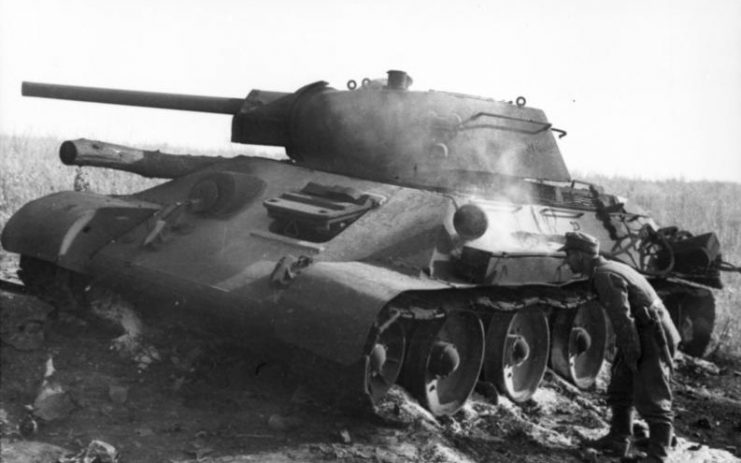
It was the largest armored confrontation in history, one that caused massive destruction. Burning tanks littered the Battlefield.
Tank Versus Tank
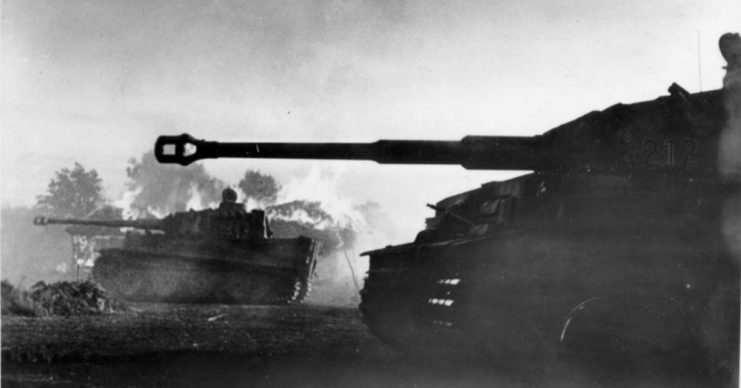
Though thousands of aircraft and hundreds of thousands of infantry took part, the Battle of Kursk was defined by tank combat.
The Germans led the way with their recently created Panther and Tiger tanks. Based on lessons from the early war, these tanks had thick frontal armor and heavy guns, so that they could punch through enemy armor while surviving the fight.
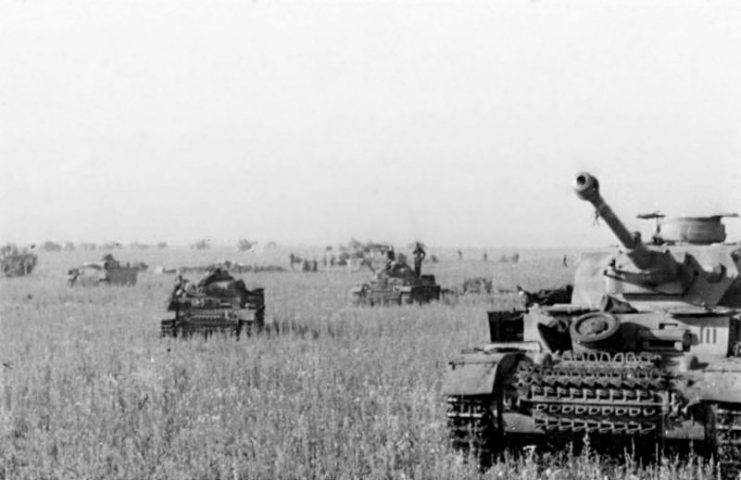
The Soviets mostly fielded the T-34, perhaps the most successful tank of the war. It had tough welded armor and a powerful engine which gave it good battlefield mobility. Soviet engineers had been upgrading the guns on these tanks from 76mm to 85mm, almost a match for the Tiger’s 88m gun.
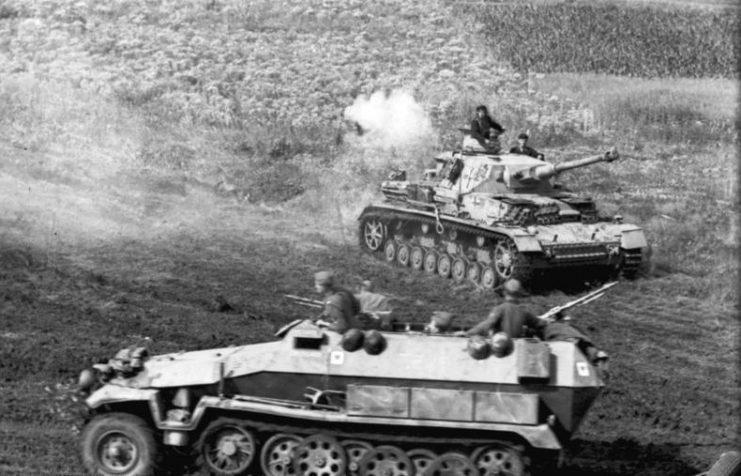
The German tanks were superior but the T-34 was still a good design. Critically, it was being produced in massive numbers, allowing the Soviets to soak up losses and still outnumber their opponents.
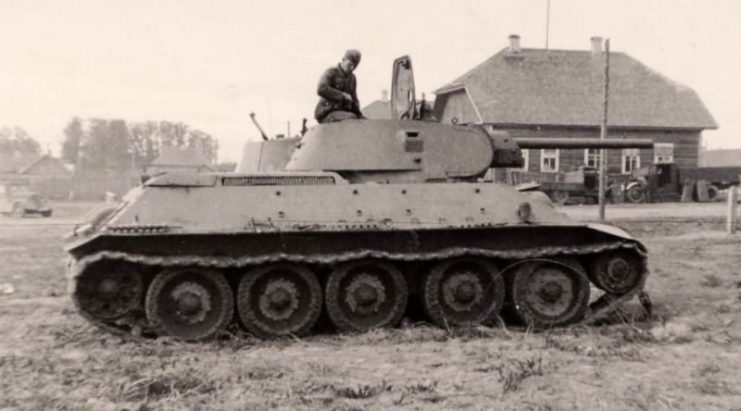
The End of the Offensive
As it became clear that a breakthrough wasn’t coming. Hitler called off Operation Citadel. Manstein argued against this, not wanting to throw away what had been achieved, but Hitler needed to commit troops to shore up the struggling Italians, so couldn’t afford to maintain the push in the east.
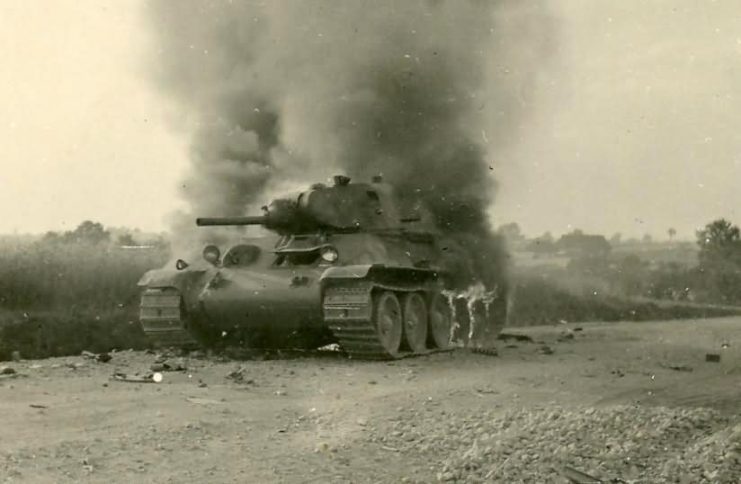
The Soviets claimed to have destroyed 1,500 German tanks and killed or captured 500,000 men. The Germans claimed to have destroyed 1,800 tanks on the southern flank alone. But while the Germans had inflicted more casualties, their losses were far heavier relative to their strength.
The Soviet war machine was based on mobilizing large numbers of men and tanks, while the Germans relied on quality over quantity. With sources of manpower running out and their economy squeezed by the Atlantic blockade, they would struggle to replace their losses.
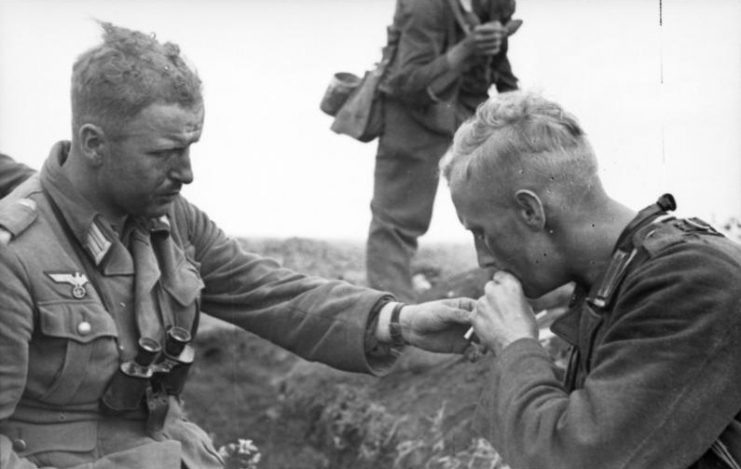
With the Battle of Kursk over, the Soviets went on the offensive. The Germans’ last chance of victory in the east had failed, and now the tide of war turned against them. As they were driven back, they left behind battlefields littered with the wreckage of hundreds of shattered tanks – the enduring symbol of the greatest tank battle in history.
